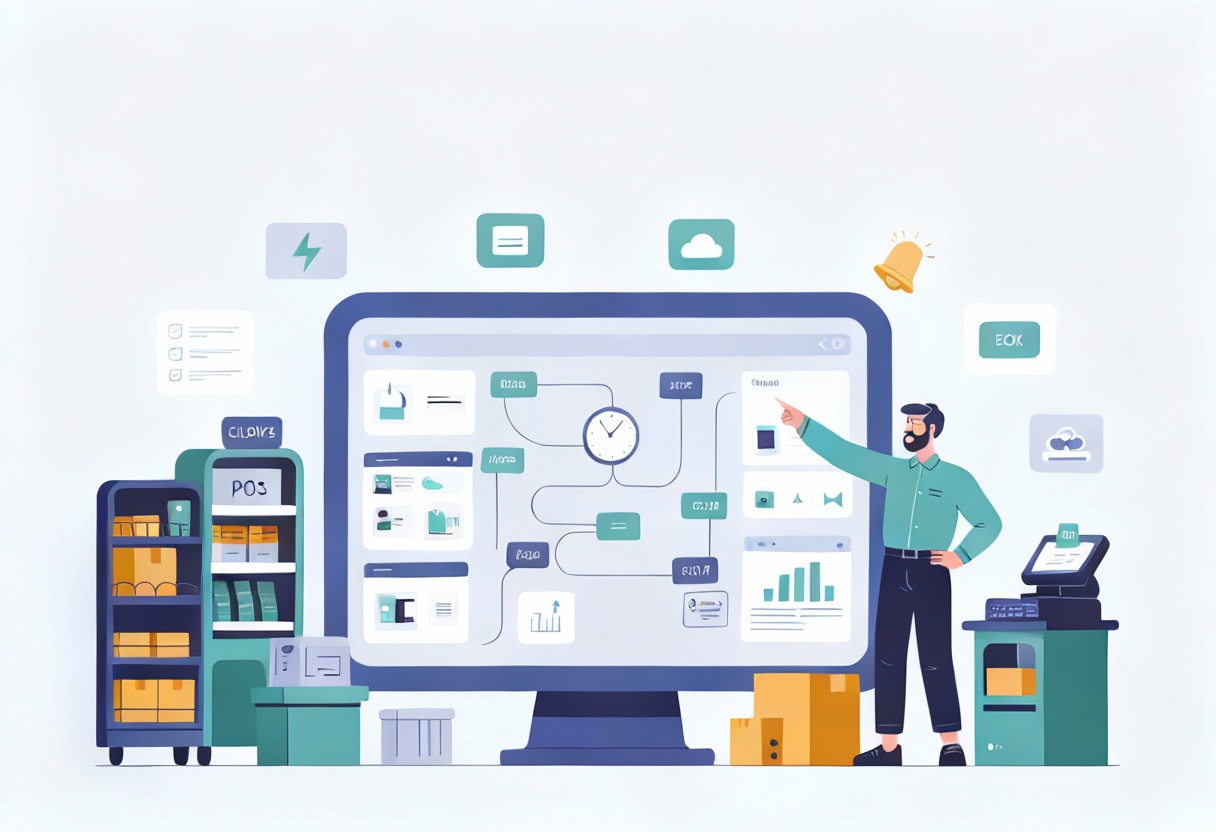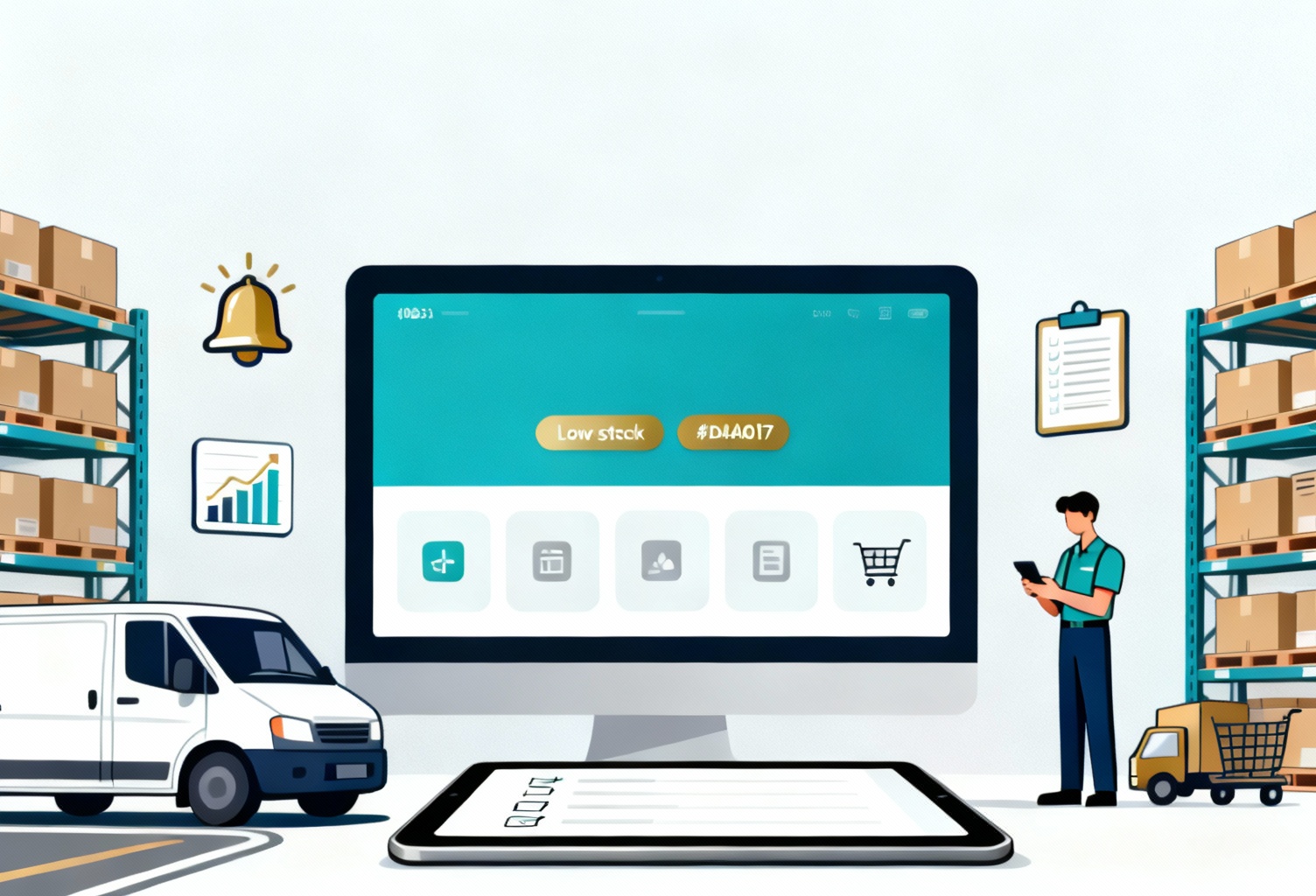When a product is no longer being manufactured, any remaining inventory is known as out of production stock. This type of stock matters because it directly affects both businesses and customers. For companies, it means making strategic decisions about pricing, storage, or clearance. For customers, it often signals limited availability and the possibility of higher demand. What is out of production stock called? Understanding the terminology used to describe out of production stock, such as discontinued items, obsolete inventory, or end-of-life products, helps businesses manage it effectively and gives customers clarity on product availability. Let’s discover the explanation for these terms.
Highlights
- Out of production stock includes discontinued, obsolete, end-of-life, and dead stock, each with distinct characteristics businesses should understand.
- Stock often goes out of production due to changing customer demand, the release of new versions, high production costs, or seasonal and trend-based factors.
- Effective management strategies include promotions, bundling, secondary marketplaces, and using specialized tools for real-time tracking and forecasting.
What is Out of Production Stock Called? – Common Terms
Out of production stock is often described using different terms, each with its own nuance. Knowing these distinctions helps businesses manage their inventory effectively and communicate clearly with customers.
What is out of production stock called? Below are the most common terms you will encounter.
- Discontinued Products
These are items no longer produced by the manufacturer. A product may be discontinued due to declining sales, high production costs, or the release of improved versions.
For retailers, discontinued products represent a final opportunity to sell remaining stock, sometimes at discounted prices. Customers often see these as limited or collectible items, especially when demand remains.
- Obsolete Stock
Obsolete stock refers to products that have been replaced by newer models or technologies. Even if the items are still functional, they lose value because consumers prefer updated alternatives.
This type of stock can be difficult to move, and businesses may need to offer significant discounts or bundle deals to reduce losses.
- End-of-Life (EOL) Products
End-of-life products are officially retired by the manufacturer, with no future production runs planned. This is a common practice in technology, fashion, and seasonal goods.
Once declared EOL, these items may still circulate in the market for a short period, but support and updates from the manufacturer usually end. Businesses must plan carefully, as demand can rise briefly before disappearing altogether.
- Dead Stock
Dead stock consists of items that remain unsold even after being discontinued. Unlike EOL or obsolete products, dead stock often sits in storage, tying up capital and space.
►►► Optimal solution set for businesses: Multi store POS, Next-gen POS, Inventory Management Software (MSI), Self Service, Automation, Backorders
Companies usually resort to clearance sales, liquidation, or alternative distribution channels to recover part of their investment. In some cases, dead stock may find new life through resale platforms or niche markets.
Why Stock Goes Out of Production?
Stock usually goes out of production for several reasons, and businesses need to recognize these factors to plan inventory effectively.
- Market demand shifts: When customers lose interest in a product or their needs change, sales decline. At that point, manufacturers often stop producing the item to focus on higher-demand products.
- Introduction of new versions or upgrades: New models, improved designs, or updated technology quickly make older versions less attractive. This is common in industries like electronics and fashion, where innovation and trends move quickly.
- Cost inefficiencies in production: If the expense of producing an item outweighs its profitability, companies may choose to discontinue it. Rising material costs, complex manufacturing processes, or low sales volume can all contribute to this decision.
- Seasonal or trend-based items: Certain products are created for a limited time, such as holiday merchandise, trendy clothing, or event-specific goods. Once the season or trend passes, production ends, and any leftover stock becomes out of production.
What are the Implications for Out of Production Stock?
Out of production stock creates challenges and opportunities for different stakeholders. Retailers, customers, and operations teams each experience its effects in distinct ways.
- For retailers
Discontinued or outdated products often require quick clearance to free up storage and recover costs. Businesses may organize clearance sales, bundle older stock with current products, or accept write-offs when items cannot be sold. Effective planning reduces financial losses and helps maintain healthy inventory turnover.
- For customers
Out of production stock can be appealing due to discounts and limited-time offers. Shoppers may find attractive deals, especially during clearance events. However, availability is often restricted, and once inventory is gone, it is unlikely to return. Customers also face reduced product support, as manufacturers usually stop updates or replacements for discontinued goods.
- For operations
Managing out of production stock requires precise tracking and forecasting. Without accurate data, businesses risk holding excess inventory that drains resources or running short when demand remains. Strong reporting tools and forecasting systems allow teams to anticipate when products will phase out and prepare appropriate strategies. This ensures smoother transitions to new product lines and minimizes disruptions across the supply chain.
Overall, the implications of out of production stock go beyond unsold items. Retailers must adapt sales strategies, customers must act quickly if they want to purchase, and operations teams must strengthen their systems to handle these shifts.
Businesses that manage this process effectively can turn potential setbacks into opportunities to clear space, satisfy bargain-seeking customers, and prepare for future product launches.
How to Prevent Out of Production Stock Effectively?
Preventing out of production stock effectively requires planning and the right tools. Businesses that stay proactive can reduce losses and even create new opportunities.
- Use POS or inventory systems: Early identification of slow-moving items is key. An advanced POS and inventory system provides insights into sales trends, helping businesses know which products may soon need attention.
- Create promotions or bundles: Discounts, special offers, or product bundles encourage customers to purchase discontinued items. This approach helps clear storage space and boosts cash flow.
- Communicate with customers: Clear communication builds trust. Informing customers about limited availability or final sale items sets proper expectations and reduces complaints about product support later.
- Explore secondary marketplaces: Platforms for liquidation or resale give retailers another way to move dead stock. These channels may not deliver full margins, but prevent products from being wasted.
When handled strategically, out of production stock does not have to be a burden. Instead, it can become an opportunity to engage customers with unique deals, recover costs through alternative channels, and strengthen overall inventory management. With the right systems and strategies in place, businesses can turn unsold stock into an advantage.
An Ultimate Solution for Retailers to Handle Discontinued & Obsolete Stock – ConnectPOS
An effective way to handle discontinued and obsolete stock is to use a smart POS system like ConnectPOS. The software equips retailers with the right tools to manage inventory and minimize risks tied to out of production items.
- Real-time inventory: ConnectPOS synchronizes data across all sales channels, giving businesses a clear view of available stock and slow-moving products.
- Automatic stock alerts: The system flags low-demand or end-of-life items early. This allows retailers to act quickly and plan clearance strategies before stock becomes a burden.
- Promotion and bundling tools: ConnectPOS supports flexible pricing campaigns, discount programs, and product bundles. Retailers can move discontinued items faster and keep customers engaged with attractive offers.
- Advanced analytics: Forecasting tools predict demand and prevent overstocking of discontinued goods. Businesses can make informed decisions, reduce storage costs, and focus on profitable product lines.
By integrating these features, ConnectPOS transforms stock management from a challenge into an opportunity. Retailers can clear outdated items efficiently, recover capital, and maintain customer satisfaction. For businesses dealing with discontinued or obsolete products, ConnectPOS provides a practical and reliable solution.
Final Thoughts
Managing out of production stock is a challenge that every retailer faces, but with the right approach, it can also open up opportunities. What is out of production stock called? By understanding key terms, recognizing why stock phases out, and applying effective strategies, businesses can reduce losses and improve customer satisfaction.
Tools like ConnectPOS make the process more efficient through real-time tracking, automated alerts, and smart clearance management. Don’t let discontinued or obsolete products weigh down your operations, but turn them into value instead. Contact us today to see how ConnectPOS can help you manage out-of-production stock with ease and confidence.
FAQs – What Is Out Of Production Stock Called?
Is “discontinued” the same as “out of stock”?
No. “Discontinued” means a product is no longer being manufactured and will not be restocked. “Out of stock” means the item is temporarily unavailable but may return once new inventory arrives.
What’s the difference between obsolete stock and dead stock?
Obsolete stock refers to products that are outdated, often replaced by newer models or technologies. Dead stock refers to items that remain unsold even after being discontinued, usually tying up storage space and capital.
How can retailers reduce the risk of holding too much out of production stock?
Retailers can reduce risk by using POS or inventory systems to identify slow-moving items early, adjusting purchase orders based on demand forecasts, creating timely promotions or bundles, and exploring secondary marketplaces for liquidation.
Do customers still want discontinued products?
Yes, in many cases. Customers may seek discontinued products for their lower prices, limited availability, or collectability. However, demand is usually short-lived, so retailers need to act quickly to capture interest.
►►► Optimal solution set for businesses: Shopify POS, Magento POS, BigCommerce POS, WooCommerce POS, NetSuite POS, E-Commerce POS



